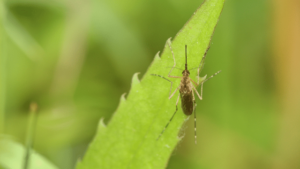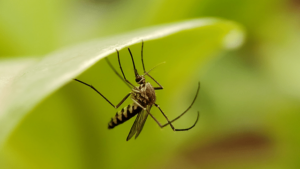- August 11, 2022
- By mosquito
- Uncategorized
Are there ticks in Toronto?

If you live in a location in Toronto with a lot of trees or grass, you’re more likely to encounter ticks. Walking through these regions puts you at risk of having them stick to your skin and begin sucking blood.
Even though most ticks do not transmit disease, a few may be dangerous. If you discover a tick on your skin, remove it as quickly as possible to avoid illness.

But here’s the terrible part: everyone and their uncle has a favorite way to remove a tick, whether that’s by burning, dousing in petroleum jelly, or applying nail polish.
You should, however, take a different approach.
This is how you remove a tick the right way.
To remove a tick from your skin, physicians advise the following: 
- Remove the tick using tweezers. The best way to remove a tick is using tweezers that have been sterilized with rubbing alcohol.
- Maintain a constant, even pressure as you begin to pull. Twisting, squeezing, crushing, or jerking on the portion of the tick outside your body might allow the head or mouth to break off. Your doctor or dermatologist might be required to remove all the tick’s parts.
- Remove the tick. Submerge the tick in alcohol, or wrap it with duct tape, and dispose of it. You may also put the tick in a jar and save it for future reference. The tick may be examined for illness if you experience any symptoms after a tick bite.
- Soap and water should be used to disinfect the bite site.
When it comes to ticks, they’re most active from April to September, although they may bite at any time.
In the good news, there are several ways that individuals may protect themselves and their loved ones against ticks.

Dermatologists advise the following measures to avoid being bitten by ticks:
- Take the middle path on the paths. You should avoid traveling through severely forested and brushy regions with long grasses.
- Wear long trousers and long sleeve shirts if you have to stroll through densely forested regions. You can prevent ticks from climbing up your body by putting your socks up over your slacks and tucking in your shirt. Light-colored clothing might also help you identify ticks more quickly.
- On exposed skin and clothes, apply insect repellent with 20% to 30% DEET. Always read the product’s instructions before using it. When using this product on children, parents should avoid getting it in their children’s eyes, noses, or mouths.
- After spending time in woody or brushy environments, inspect your skin. To ensure that no ticks are crawling on you, do a full-body tick check. Make careful to examine your armpits, groin, and hair for ticks. Inspect your children, pets, and any equipment you took outdoors with you.
- Light-colored clothes are recommended. Tiny deer tick nymphs are easy to recognize because of their bright colors.
- Wear your jeans with your socks tucked in. Despite its unappealing appearance, it protects against ticks.
- Ticks don’t like bright, dry, sunny spots. The edges of forested or shady areas should be kept clear of lawn furniture and playground equipment. Choosing a spot for a picnic on well-maintained grass or open land is a good idea.

What Do I Do With the Extracted Tick?
Testing or discarding the tick is your only choice. Tick testing may help you determine whether the tick was harboring any illnesses that it may have transmitted to you.
A blade of grass may be used to keep it alive in a sealed container. Make a test run of it.
When in doubt about where to send a tick, consult your doctor, who may be able to help.
Get rid of a tick for those times when you simply want to get rid of it, there is an option:
- Drown it in rubbing alcohol or soapy water to get rid of the odors.
- Put it in the trash
- After securing it with duct tape, toss it away.
Avoid crushing it with your fingers at all costs. This is another way you can get the disease from it.
So, these are some of the ways you can remove ticks safely in Toronto. Contact Mosquito Toronto to delegate the task to the pros.


